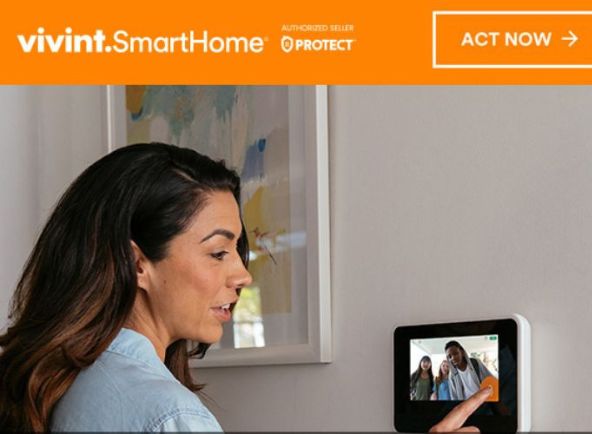
Home security cameras are one of the most effective ways to protect your home and loved ones, providing peace of mind and helping deter potential intruders. However, like any technology, security cameras can sometimes experience issues that prevent them from functioning correctly. When your security cameras stop working, it’s important to troubleshoot the problem quickly to ensure your home remains secure. In this blog, we’ll walk you through the steps you should take if your home security cameras stop working, helping you get everything back up and running in no time.
Check the Power Supply
One of the most common reasons security cameras stop working is a power issue. Whether they are wired or wireless, cameras rely on a power source to function. If they suddenly stop working, the first step is to check the power supply. Check the power cable to ensure it's securely plugged into the camera and the power outlet. If the power supply is connected to a surge protector, make sure the protector is turned on. Ensure the battery is fully charged if the camera operates on a rechargeable battery. If it's plugged in, confirm that the power cable is intact and not frayed or disconnected.
Check Your Internet Connection
Most modern security cameras, especially Wi-Fi-enabled ones, rely on a stable internet connection to transmit video footage and send alerts to your phone or monitoring service. A disrupted or weak internet connection can cause your cameras to stop working. Check the status of your Wi-Fi connection. Ensure the router is working and that the camera is within range of the network. If the camera is far from the router, it may be getting a weak signal, which can cause it to disconnect. Sometimes, simply restarting your router can fix connection issues. Unplug the router for 30 seconds, then plug it back in and wait for it to reconnect. Some cameras may stop transmitting footage if you've exceeded your internet data limit. Check with your internet service provider to make sure you have enough bandwidth for your security system.
Inspect the Camera’s Lens and Sensor
Sometimes, the issue may not be electrical or internet-related but rather physical. The camera’s lens or sensor could be obstructed or dirty, affecting its performance. If the camera is outdoors, dirt, dust, or even rain can obscure the lens, making the footage blurry or causing the camera to stop functioning altogether. Use a soft, lint-free cloth to gently wipe the lens and clear any obstructions. Examine the camera for any visible signs of damage, such as cracks or water infiltration, especially if it's exposed to the elements. If the camera appears physically damaged, you may need to replace it. Maintaining the camera’s lens and ensuring there are no obstructions will help improve performance and prevent issues in the future.
Restart or Reset the Camera
If the power supply, internet connection, and physical components are all in good condition, try restarting or resetting the camera. Many cameras have a reset button or a power cycle option that can help resolve minor glitches or connectivity issues. Turn the camera off and then back on. This can help refresh the system and resolve temporary problems. If restarting doesn’t work, you may need to perform a factory reset. This will erase any custom settings and return the camera to its original state. Consult your camera’s user manual for instructions on how to perform a reset.
Check the Camera’s Firmware or Software
Outdated firmware or software can cause a security camera to malfunction. Manufacturers frequently release firmware updates to improve performance, fix bugs, or add new features. Log into the camera’s app or web interface and check for any available firmware updates. If an update is available, follow the instructions to install it. This can resolve compatibility issues and fix known bugs that may be affecting the camera. Ensure that the mobile app or software you use to monitor the cameras is up to date. Sometimes, an outdated app can cause issues with camera performance. Updating the camera’s firmware and your app ensures that you’re running the latest features and fixes, which can help prevent future problems.
Conclusion
Home security cameras are an essential tool for protecting your property, but like all technology, they can occasionally encounter issues. If your security cameras stop working, follow the troubleshooting steps outlined above to identify and resolve the problem quickly. Start with simple solutions like checking the power supply and internet connection, and move on to more advanced troubleshooting if necessary.
By staying proactive and maintaining your security cameras, you can ensure they continue to provide the protection and peace of mind you need for your home. And if all else fails, don’t hesitate to contact technical support for expert assistance.
Latest Blgos
Understanding Home Insurance Policies: Decoding the Fine Print
Smart Solar Systems: How Technology Is Revolutionizing Solar Energy
How to Save Money on Home Repairs with a Home Warranty
What to Do If Your Home Security Cameras Stop Working
Designing the Perfect Kitchen: Functional and Beautiful Décor Ideas
